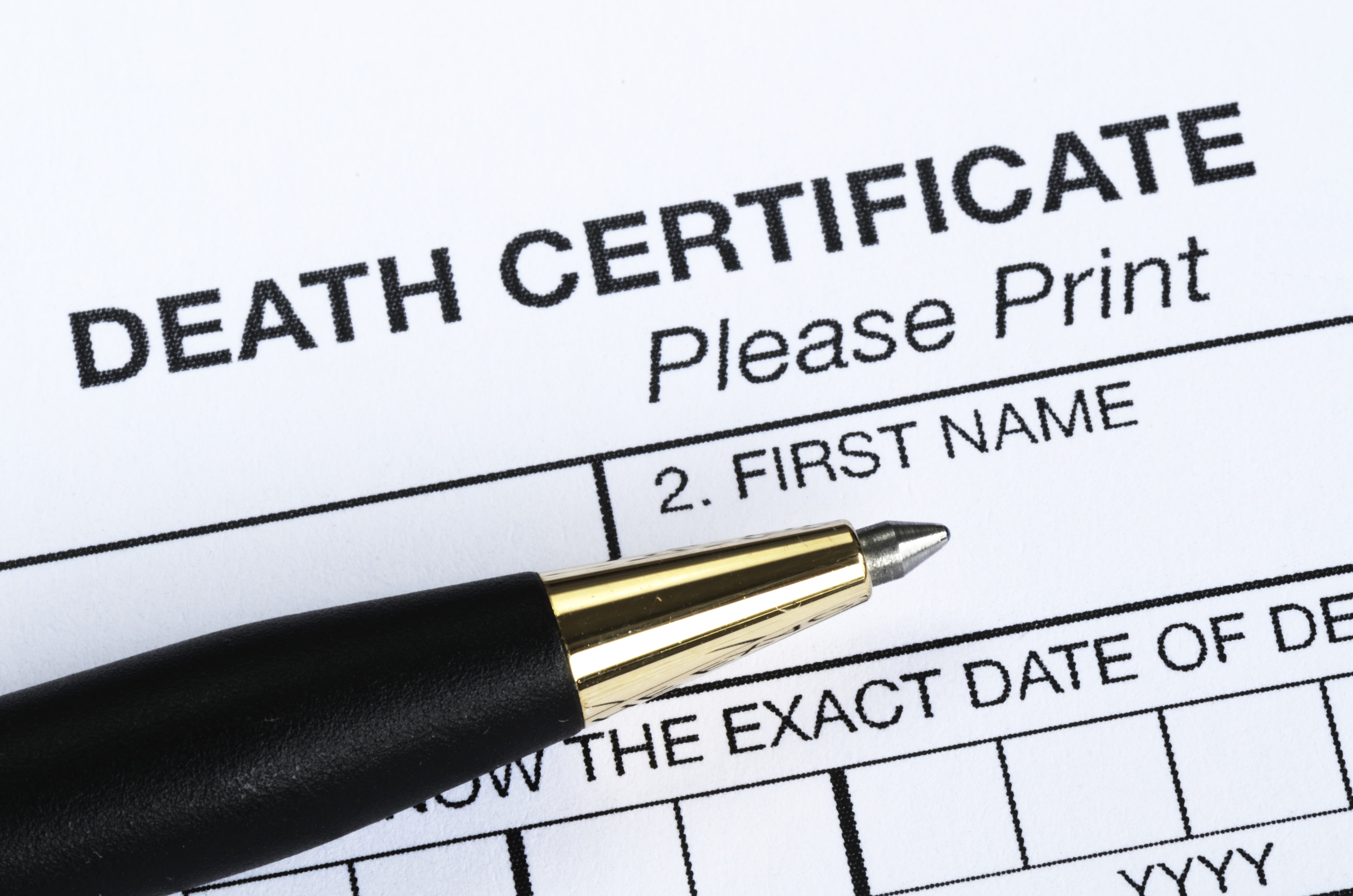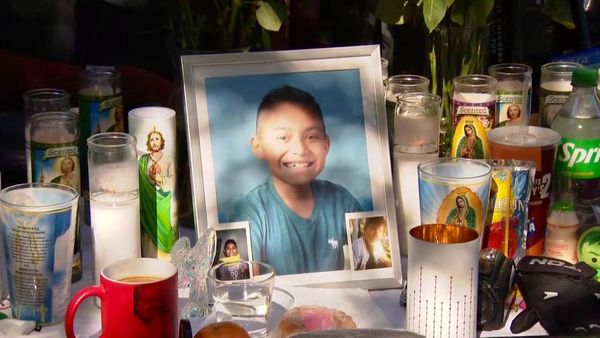
A simple oversight can throw a wrench into your life insurance payout, turning a straightforward claim into a drawn-out nightmare. The problem? It starts with a $15 detail that most policyholders either forget or ignore. While the price tag is small, the consequences can be huge—especially when loved ones are counting on fast access to those funds.
Life insurance is supposed to offer peace of mind, not a bureaucratic headache. And yet, thousands of families find themselves in limbo because of this preventable mistake.
The Forgotten Step: Ordering a Certified Death Certificate
When someone passes away, the insurance company requires official documentation to process the claim. A certified death certificate is the gold standard proof—but it must be certified, not just a photocopy. This document usually costs between $10 and $25, depending on the state, and it’s often overlooked during an emotional time. Without it, insurance companies can’t release funds, no matter how legitimate the claim. It’s a $15 document that unlocks tens or even hundreds of thousands of dollars, yet families frequently miss the urgency of securing enough copies.
Why One Copy Isn’t Enough
Most people order a single copy of the death certificate, assuming one will suffice. But banks, insurance firms, pension offices, and even utility companies often each require their own certified original. Mailing one copy around delays the process and increases the risk of it getting lost. If the insurance company doesn’t receive their required copy quickly, the payout sits in limbo. Ordering multiple copies upfront may feel excessive, but it saves time and reduces stress during an already difficult period.
The Costly Chain Reaction of Delays
Delays caused by a missing or insufficient death certificate can snowball fast. While families wait, funeral expenses, mortgage payments, and daily living costs continue to pile up. Beneficiaries may dip into savings or take on debt just to stay afloat. Meanwhile, the insurer simply puts the claim on hold until the correct paperwork arrives. What began as a minor oversight becomes a serious financial strain on those left behind.
Not All Death Certificates Are Created Equal
Every state has its own format and processing rules for death certificates, and not all are accepted universally. Some institutions will only accept long-form certificates, which contain detailed medical and legal information. Others insist on raised seals or embossed stamps, rejecting digital or unofficial versions. If a family submits the wrong type, the clock resets on the entire process. Understanding exactly what version the life insurer needs can prevent weeks—or even months—of avoidable delay.

Funeral Homes Don’t Always Explain This
In the rush of end-of-life arrangements, death certificate logistics are often brushed over. Funeral directors may mention ordering copies but rarely emphasize how many are needed or which agencies will require them. Families, overwhelmed by grief and decision fatigue, assume one or two will suffice. Unfortunately, they usually discover the truth only after problems arise. By then, going back to the county registrar can take weeks, especially if processing times are slow.
Insurance Companies Won’t Make Exceptions
Even if the insured had a flawless payment record and a valid policy, the insurer won’t process a payout without the proper death certificate. This isn’t about bureaucracy for its own sake—it’s about legal and financial liability. Insurance companies are bound by strict regulations to verify deaths before disbursing funds. If they release money without proper documentation, they can face penalties or lawsuits. No matter how compelling the personal story, the rules don’t bend.
State Backlogs Can Multiply the Wait
Many states have significant backlogs in processing certified death certificates, especially during flu season or in the wake of disasters. Families may wait weeks to receive even one official copy. If more are needed later, reordering takes time, and each additional request can further delay the claim. Insurance companies do not begin their review until they receive the correct document. This leads to a compounding delay that’s entirely outside the claimant’s control.
Digital Doesn’t Always Mean Fast
Some counties offer online ordering, but that doesn’t guarantee speed. These systems still rely on manual processing behind the scenes, and delivery times can be unpredictable. Families often assume that clicking a button equals instant access, only to face a two-week mailing window. Overnight delivery is sometimes an option, but only after the order is processed and certified. The illusion of speed can lead to underestimating how long everything actually takes.
The Payout Clock Doesn’t Start Until Paperwork is Complete
Many beneficiaries mistakenly believe the 30-day payout rule applies automatically after a death. In reality, that countdown starts only once the insurance company has all required documentation—including the certified death certificate. If that certificate is missing or incorrect, the clock hasn’t even begun. What seems like a delay is often just a paused process, stuck in neutral waiting for a single piece of paper. It’s a technicality, but one with real-life consequences.
Final Expense Policies Are Not Exempt
Even small, simplified issue life insurance policies require proper documentation. Final expense plans are marketed as quick and easy, but they still follow legal procedures. Without a certified death certificate, even a $5,000 policy won’t be released. Beneficiaries expecting a faster turnaround from these smaller plans are often shocked by the same red tape. The $15 mistake applies just as much to small policies as it does to large ones.
How to Avoid the Mistake Altogether
The easiest fix is planning ahead and ordering extra copies of the death certificate immediately after the passing. Experts recommend ordering at least 5 to 10 copies, depending on the number of institutions that will need them. It’s a small expense that saves enormous time and hassle. Keeping track of which agency has which copy also helps avoid unnecessary duplication. Taking this one administrative step seriously can mean the difference between a swift payout and months of limbo.
Don’t Let Paperwork Stall Your Peace of Mind
Life insurance is meant to offer protection—not frustration—when it’s needed most. A single overlooked document can cause an avalanche of stress and financial setbacks. The $15 cost of a certified death certificate is tiny compared to what’s at stake. Being prepared with the right number and type of documents can save beneficiaries time, money, and emotional strain.
Know the rules, stay ahead of the process, and if this article hit home—share your thoughts or experiences in the comments.
Read More
7 Life Insurance Terms That Will Deny Your Family a Payout
10 Things Your Insurance Company Hopes You Never Ask
The post The $15 Mistake That Can Delay Your Life Insurance Payout for Months appeared first on Everybody Loves Your Money.







